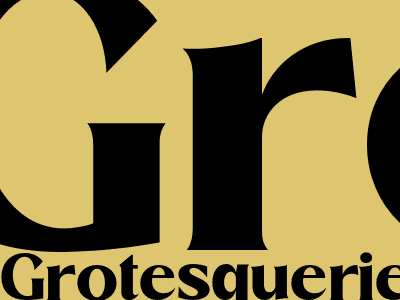
Grotesquerie Cast: A Deep Dive Into the Art of the Grotesque
Defining the Grotesque: From the Monstrous to the Marvelous
The grotesque, a haunting and fascinating artistic concept, defies easy categorization. Emerging from the Latin word "grottesca," meaning "of a cave," the grotesque finds its roots in the bizarre and uncanny, often manifesting in art as monstrous, grotesque, and surreal forms.
However, the grotesque transcends its primal origins, embracing a paradoxical blend of horror and humor, beauty and ugliness. It confronts societal norms and conventional aesthetics, challenging our perceptions of normality and sparking a range of emotions, from revulsion and fear to wonder and awe.
Historical Evolution: Grotesque Expressions Across Time
Ancient Origins:
Grotesque imagery can be traced back to ancient civilizations, with examples found in Egyptian hieroglyphs and Assyrian reliefs. These depictions often imbued grotesque figures with symbolic or religious significance, representing chaos, evil, or supernatural forces.
Medieval Manifestations:
During the Middle Ages, the grotesque flourished in architecture and art. Gargoyles and other grotesque sculptures adorned cathedrals, serving both as decorative elements and as a symbolic reminder of the battle between good and evil.
Renaissance Revival:
The Renaissance witnessed a renewed interest in classical art and architecture, which included a fascination with the grotesque. Artists such as Leonardo da Vinci and Michelangelo incorporated grotesque elements into their work, often as a means of conveying the complexities of the human condition.
Contemporary Grotesquerie: Embracing the Uncanny in Modern Art
The grotesque continues to captivate artists in the contemporary era. Surrealist and Dadaist movements embraced the grotesque as a means of expressing unconscious desires and challenging societal conventions. Artists such as Salvador Dali and Marcel Duchamp employed grotesque imagery to evoke a sense of disorientation and disquiet.
In contemporary art, the grotesque manifests in diverse forms, from the paintings of Francis Bacon to the sculptures of Ron Mueck. These artists explore the boundaries of the grotesque, questioning notions of beauty, identity, and the limits of human experience.
The Power of the Grotesque: Social Commentary and Psychological Insight
The grotesque serves as a powerful tool for social commentary. Artists have employed grotesque imagery to critique political corruption, societal inequalities, and the horrors of war. By confronting viewers with the grotesque, artists provoke thought and raise awareness about pressing issues.
Furthermore, the grotesque offers psychological insights into the human psyche. By exploring the monstrous and uncanny, we confront our own fears and anxieties. The grotesque allows us to safely experience and grapple with the darker aspects of the human condition.
Conclusion: Grotesquerie Cast, Unmasking the Unseen
The grotesque, an enigmatic and compelling artistic concept, transcends time and cultures. From ancient origins to contemporary expressions, the grotesque challenges our perceptions, confronts societal norms, and offers insights into the depths of human nature.
The grotesque is not merely an aberration but a testament to the boundless creativity of the human imagination. By embracing the grotesque, we embrace the enigmatic and unsettling aspects of existence, unlocking a realm of artistic expression that both fascinates and disturbs.